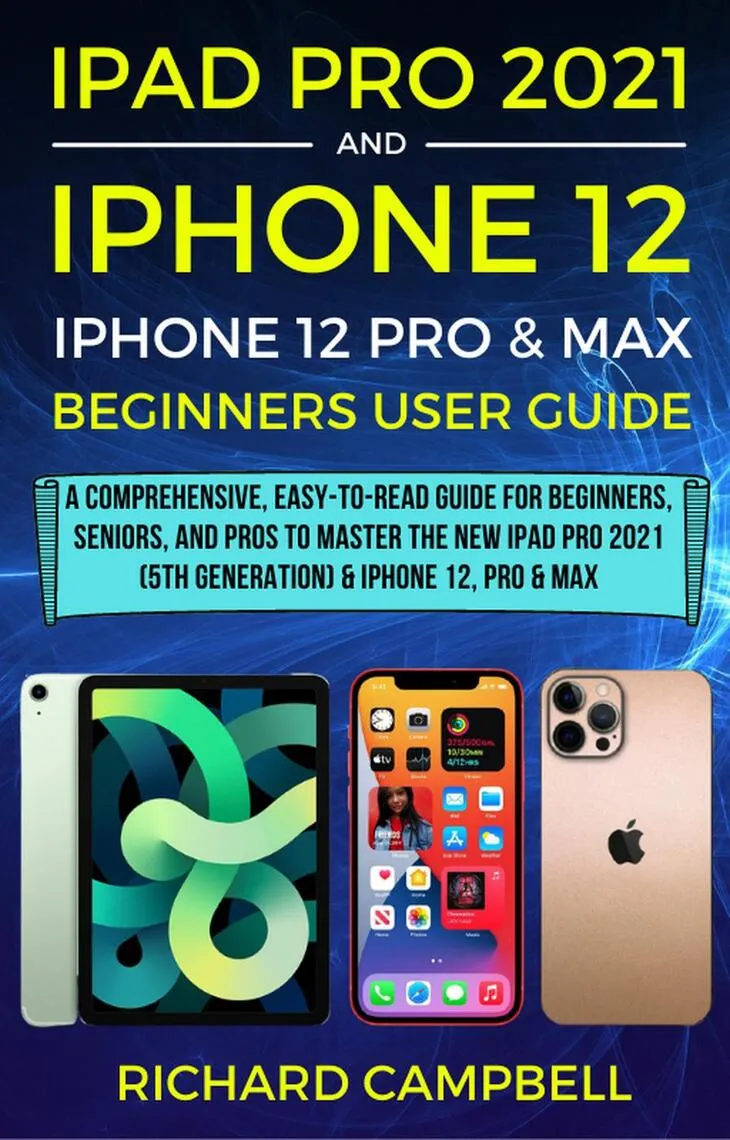- First, make sure that both your iPhone and iPad are connected to the internet and are turned on.
- On your iPhone, go to the “Settings” app and tap on your name at the top of the screen.
- Tap on “iCloud” and make sure that the “Contacts”, “Calendars”, and “Notes” switches are turned on. These are the types of data that will be synced between your devices.
- On your iPad, go to the “Settings” app and tap on your name at the top of the screen.
- Tap on “iCloud” and make sure that the same switches for “Contacts”, “Calendars”, and “Notes” are turned on.
- If prompted, enter your Apple ID and password to log in to your iCloud account.
- Wait a few minutes for your iPhone and iPad to sync. You should now be able to see your contacts, calendars, and notes on both devices.
Note:
If you have a lot of data to sync, it may take some time for everything to transfer between your devices. You may also need to repeat these steps on other devices that you want to sync with iCloud, such as your Mac or PC
5 Buying Guide for how to sync iPhone to iPad the complete
Determine your needs:
Before you start looking for a way to sync your iPhone and iPad, it’s important to think about what types of data you want to transfer between the two devices. Do you want to sync your contacts, calendars, and notes, or do you also want to transfer photos, music, and other types of files? This will help you choose the right solution for your needs.
Consider using iCloud:
iCloud is a built-in service that allows you to sync your iPhone and iPad (as well as other Apple devices) wirelessly. It’s a convenient option because it requires no additional hardware or software, and it’s free to use. However, it has some limitations, such as a limited amount of free storage and the inability to sync certain types of data, such as app data or files that are not natively supported by iCloud.
Explore other sync options:
If iCloud doesn’t meet your needs, there are other options available. For example, you can use a third-party cloud storage service, such as Google Drive or Dropbox, to transfer files between your devices. You can also use a wired connection, such as a USB cable, to transfer data between your iPhone and iPad directly.
Consider the cost:
Some sync solutions, such as iCloud and certain cloud storage services, are free to use, while others may require a subscription or a one-time purchase. Be sure to consider the cost when deciding on a sync solution.
Look for user-friendly options:
Syncing your iPhone and iPad should be a hassle-free process, so be sure to choose a solution that is easy to use. Look for options that have clear instructions, a user-friendly interface, and good customer support in case you run into any issues.
iPhone to iPad the complete guide of 5 FAQs
How do I sync my iPhone and iPad?
- Make sure that both your iPhone and iPad are connected to the internet and are turned on.
- On your iPhone, go to the “Settings” app and tap on your name at the top of the screen.
- Tap on “iCloud” and make sure that the “Contacts”, “Calendars”, and “Notes” switches are turned on.
- On your iPad, go to the “Settings” app and tap on your name at the top of the screen.
- Tap on “iCloud” and make sure that the same switches for “Contacts”, “Calendars”, and “Notes” are turned on.
- If prompted, enter your Apple ID and password to log in to your iCloud account.
- Wait a few minutes for your iPhone and iPad to sync.
What types of data can I sync between my iPhone and iPad?
You can sync a wide range of data between your iPhone and iPad, including contacts, calendars, notes, photos, music, and more. However, the specific types of data that you can sync will depend on the sync solution that you use. For example, iCloud allows you to sync contacts, calendars, and notes, but it does not support the transfer of certain types of data, such as app data or files that are not natively supported by iCloud.
Is there a limit to how much data I can sync between my iPhone and iPad?
The amount of data that you can sync between your iPhone and iPad will depend on the sync solution that you use. iCloud offers a limited amount of free storage, and you can purchase additional storage if needed. If you choose to use a third-party cloud storage service, you’ll need to check the terms of service to see what the storage limits are. Some cloud storage services offer unlimited storage, while others have limits based on your subscription plan.
Do I need any special equipment to sync my iPhone and iPad?
Not necessarily. If you choose to use iCloud or a cloud storage service, you can sync your devices wirelessly over the internet. If you prefer a wired connection, you’ll need a USB cable to connect your devices.
Is there a way to sync my iPhone and iPad automatically?
Yes, you can set up automatic sync between your iPhone and iPad by using a sync solution that supports this feature. For example, with iCloud, you can enable automatic sync for contacts, calendars, and notes by going to the “Settings” app on your iPhone or iPad and turning on the “Contacts”, “Calendars”, and “Notes” switches under the “iCloud” section. This will cause your devices to sync automatically whenever new data is added or changes are made.
